
Culture
15:56, 14-Nov-2017
The art of guqin-making: Crafting an instrument that reflects the 'unity of heaven and humanity'
CGTN
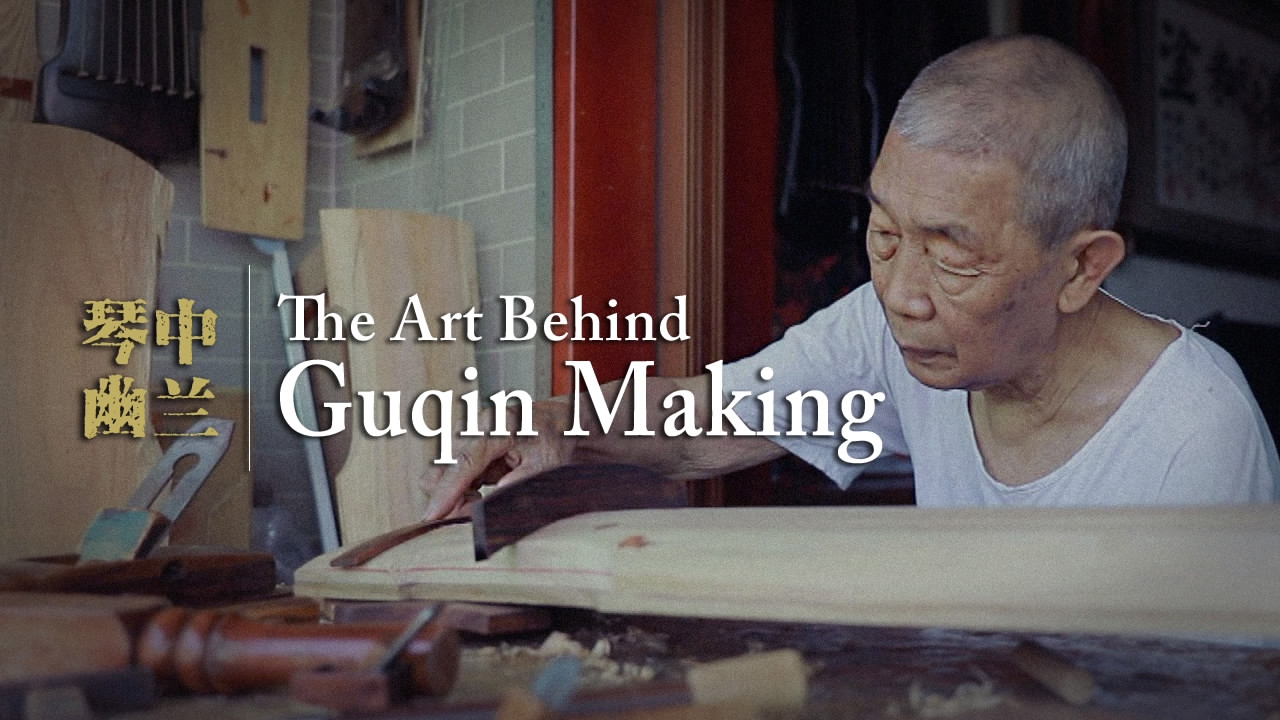
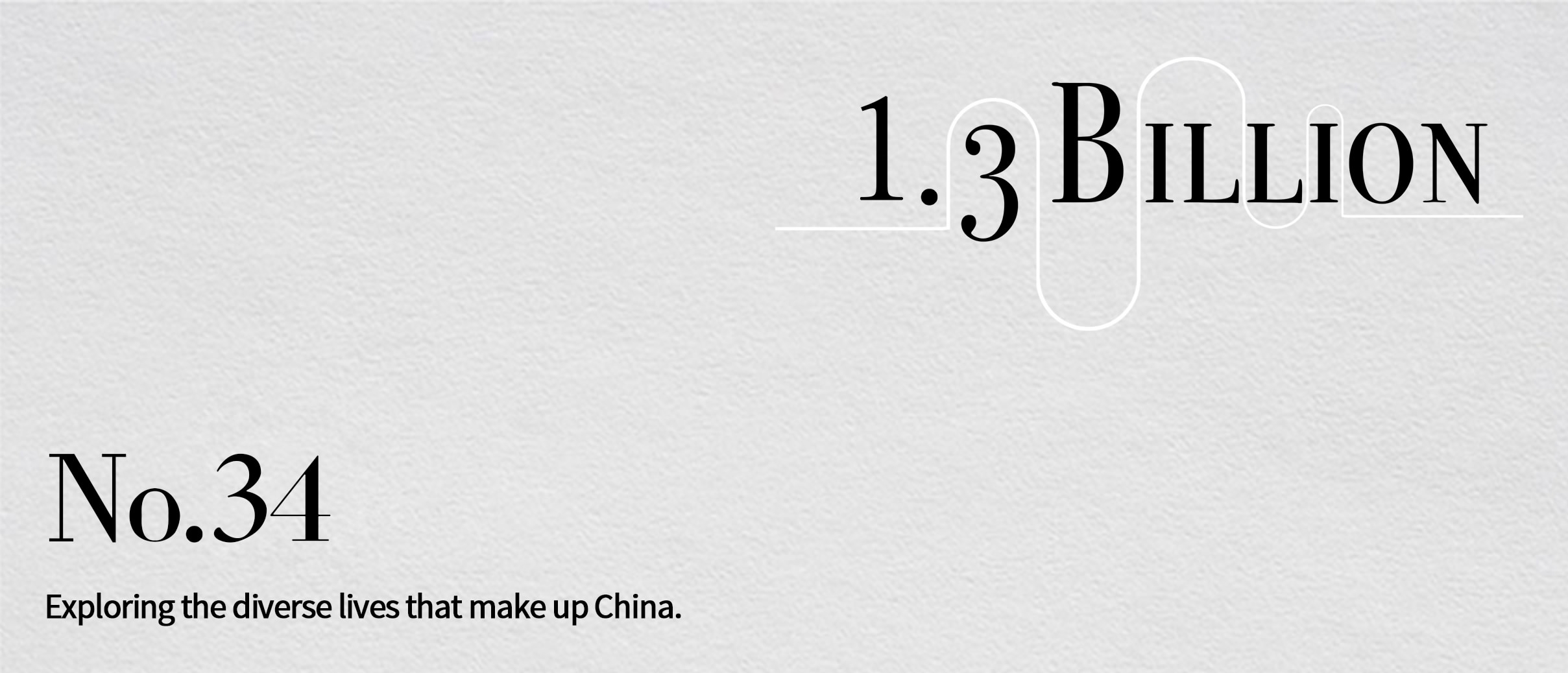
CGTN
CGTN
The guqin – an instrument favored by officials and the Chinese literati – has a more than 3,000-year-old history. Originally with only five strings, seven strings was standardized during the Han Dynasty.
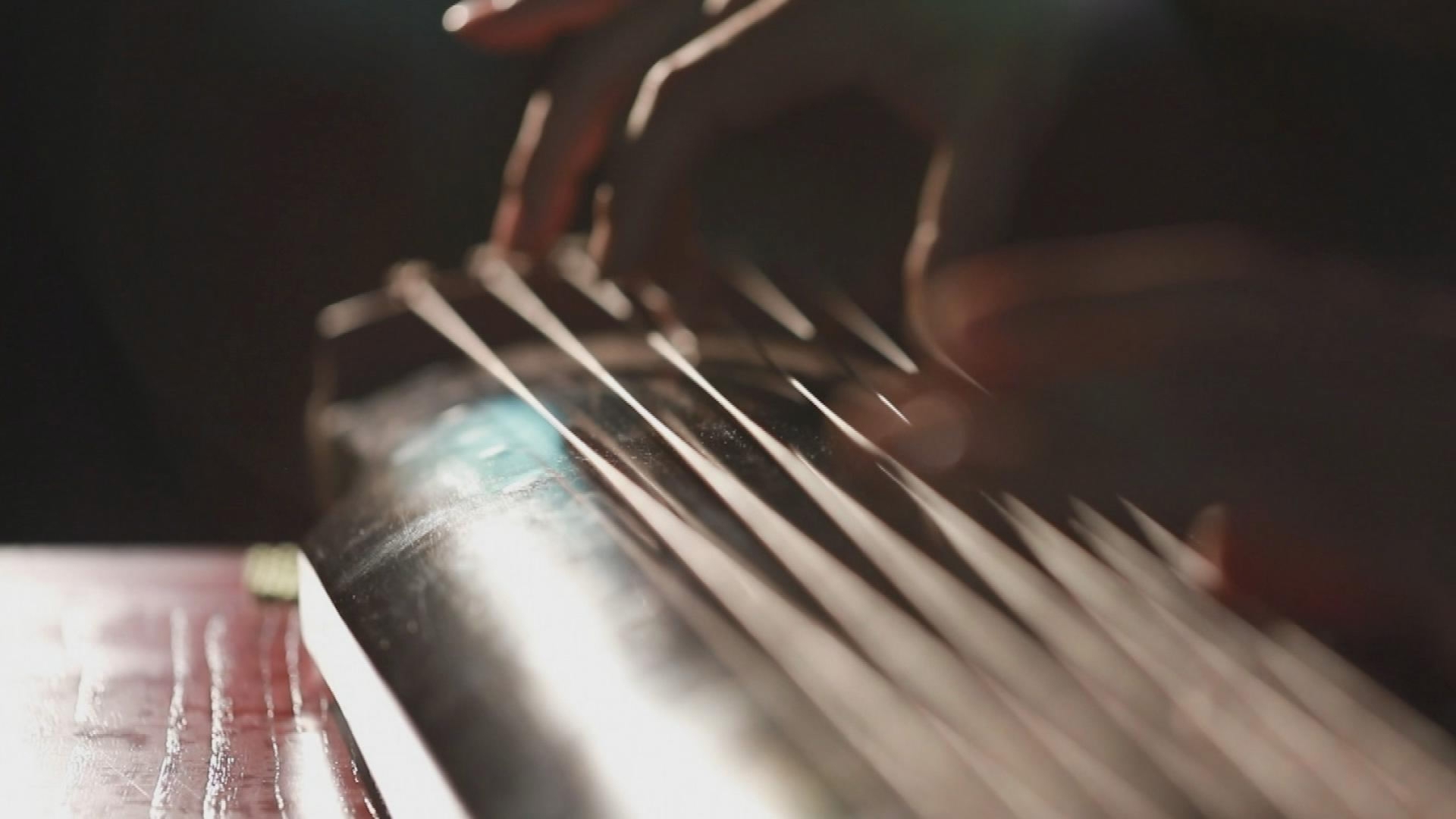
CGTN Photo
CGTN Photo
With it's vital role in important ceremonies and sacrifices, the guqin holds a unique position in Chinese culture.
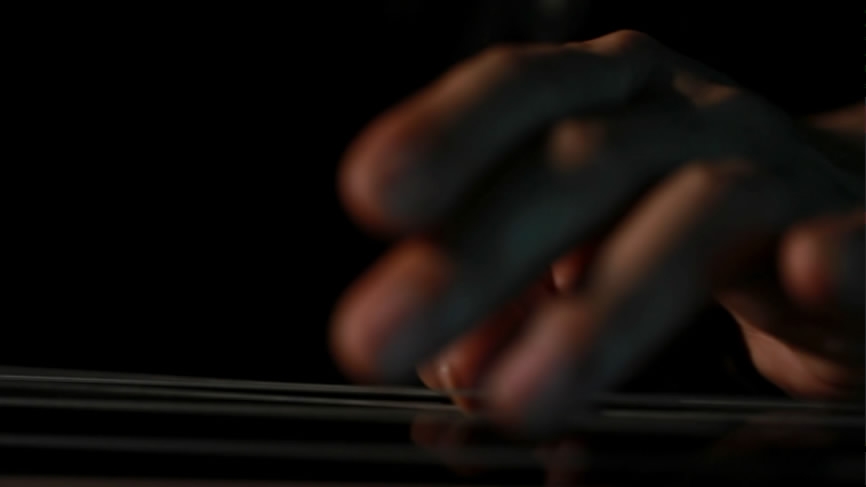
CGTN Photo
CGTN Photo
The construction of the instrument itself is special, as it's meant to reflect the "unity of heaven and humanity" in traditional Chinese philosophy.
The shape of the guqin resembles that of a man. Each part of the instrument is named for a part of nature. The entire length is normally 3 chi, 6 cun and 5 fen (approx. 136 cm), representing the 365 days of the year.
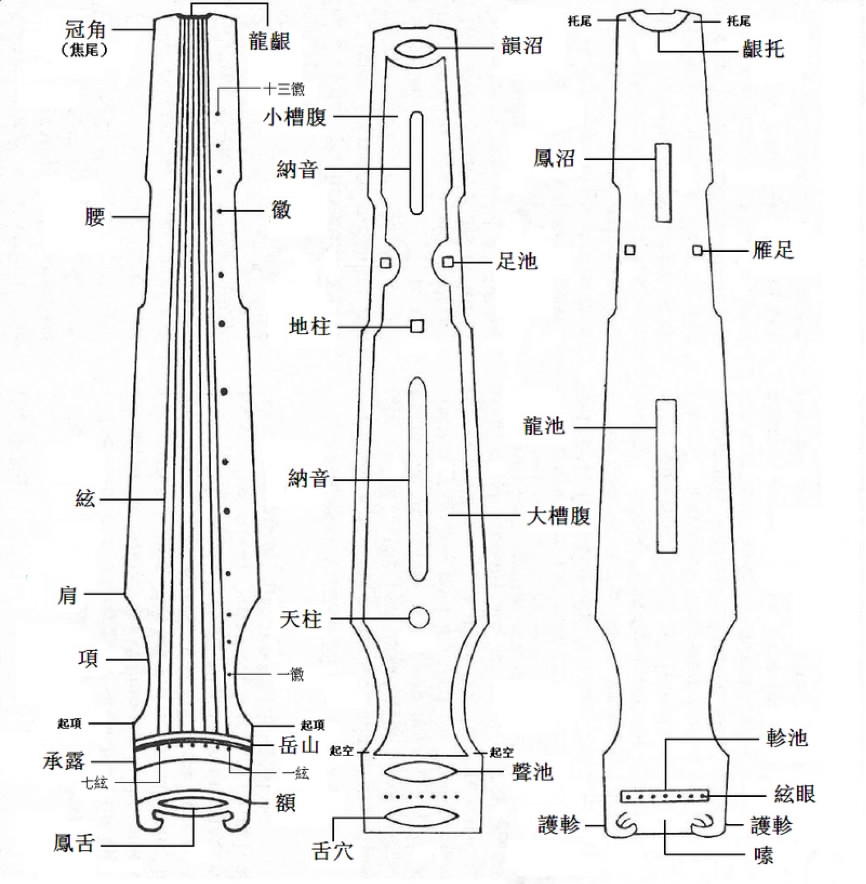
Source: Internet
Source: Internet
The soundboard is usually made with wood from the Chinese parasol tree or fir. Catalpa wood or camphor wood is more suitable for the bottom board. Because the wood needs to be dried naturally, older trees are often used. The aged wood also has looser fibers, giving the guqin a richer sound.

CGTN Photo
CGTN Photo
The craftsmen who make the instrument are highly skilled and use exquisite techniques. We visited Sun Qingtang, who's been making guqins for the last 40 years.
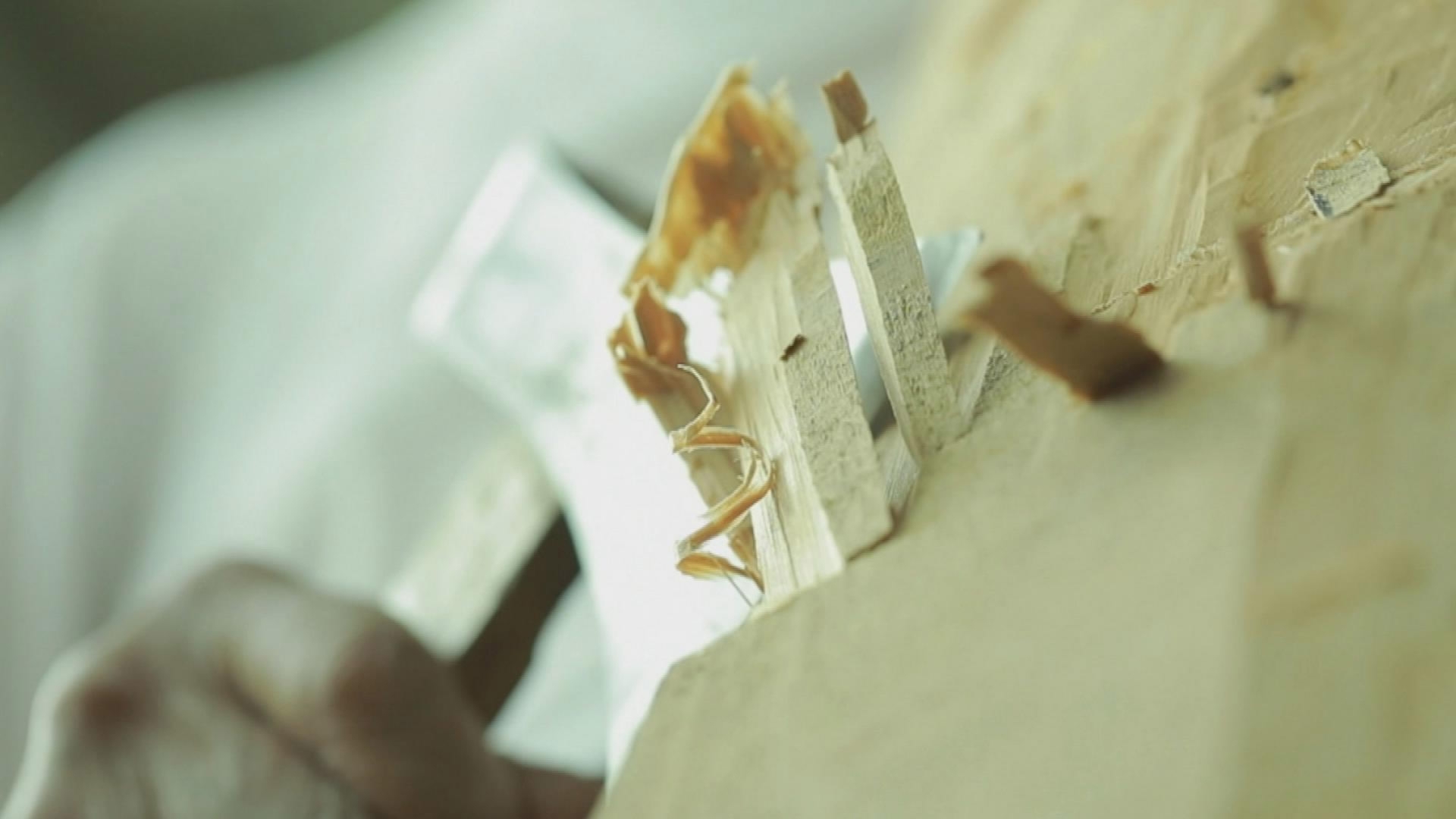
CGTN Photo
CGTN Photo
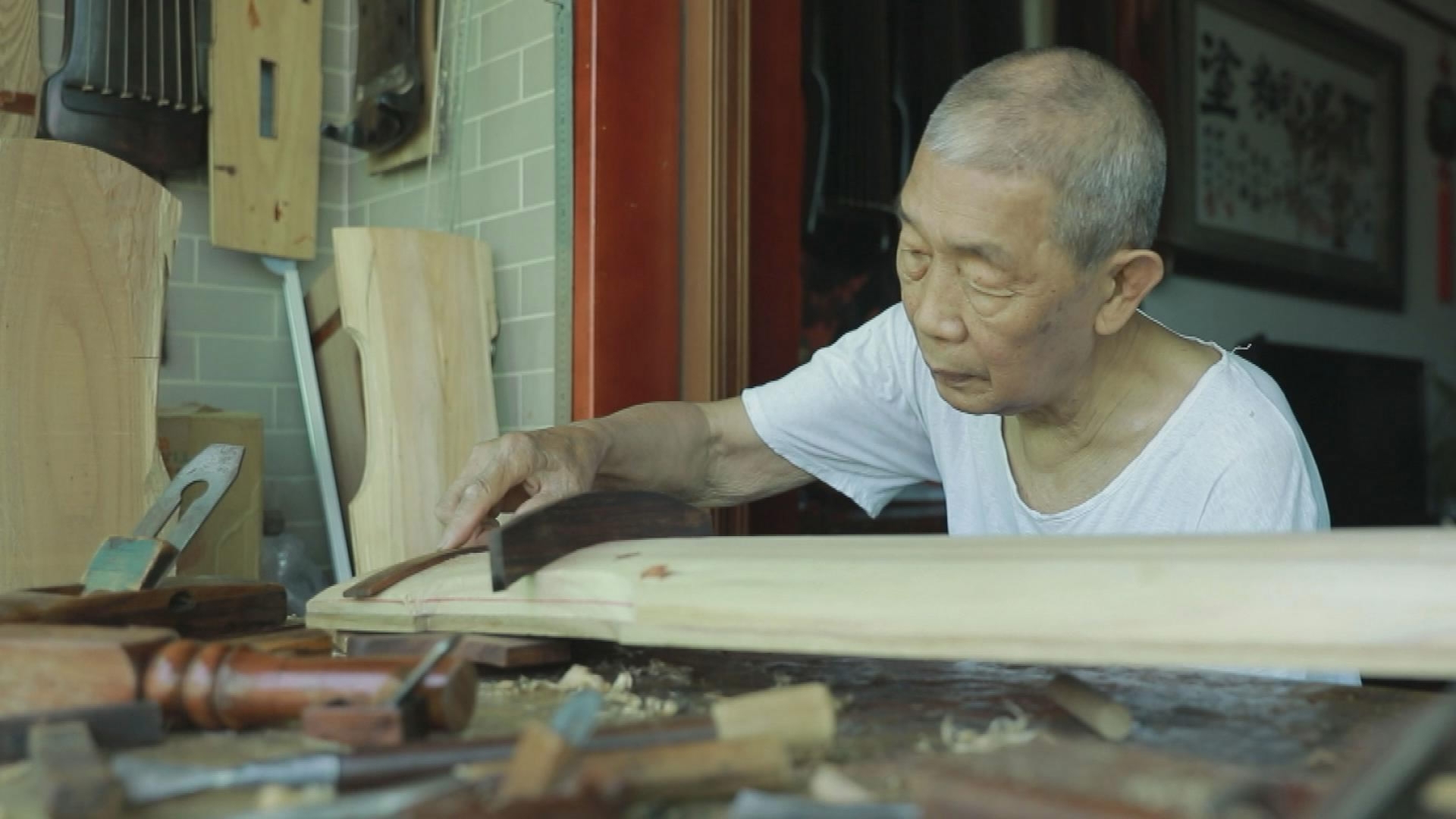
Sun Qingtang. /By CGTN Photo
Sun Qingtang. /By CGTN Photo
In 1952, Sun came to Beijing to be an apprentice of musical instruments. He made his first guqin in 1972 and has made over a thousand since then.
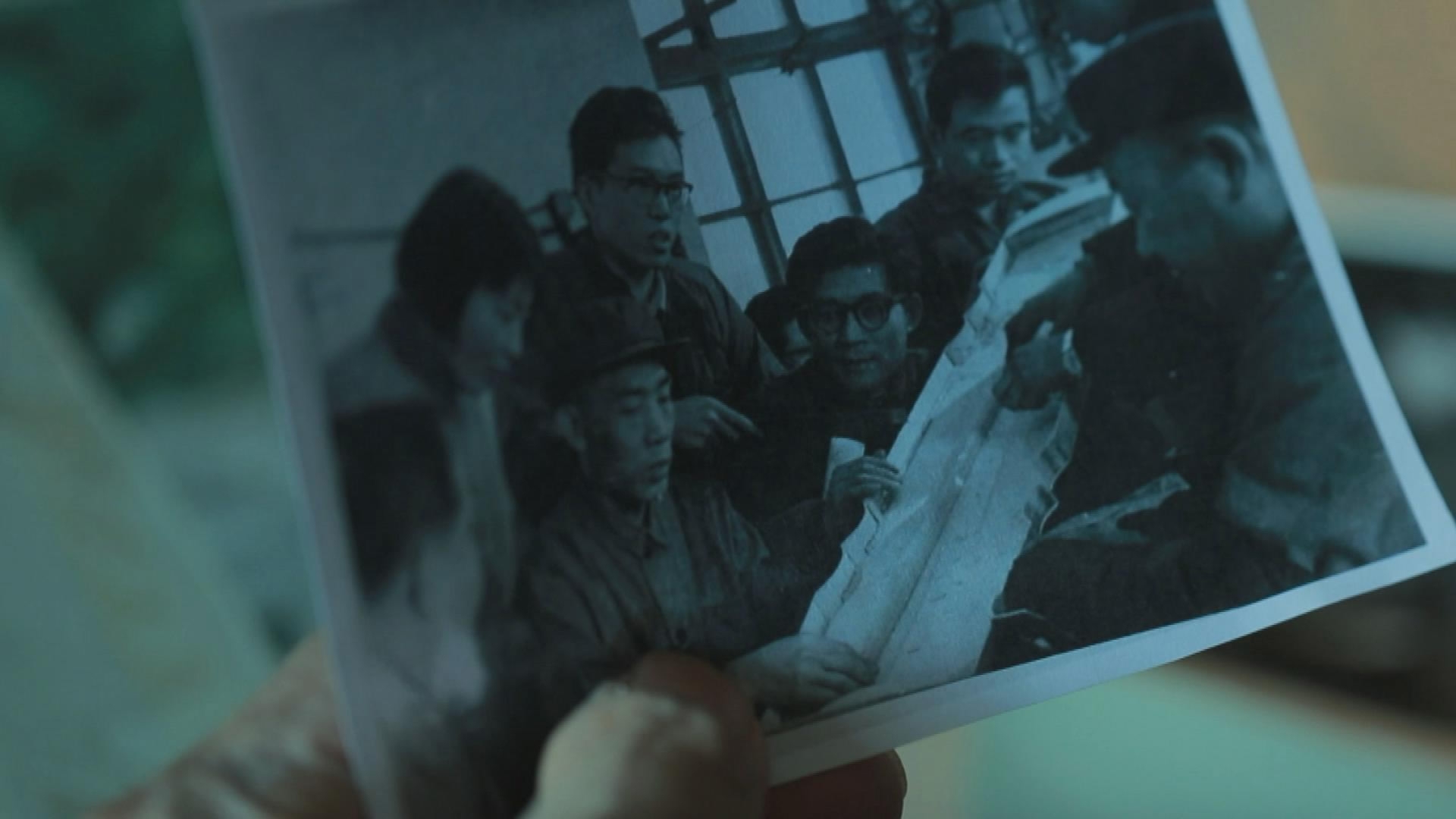
The first guqin Sun Qingtang was involved in making in 1972, photo provided by Sun Qingtang.
The first guqin Sun Qingtang was involved in making in 1972, photo provided by Sun Qingtang.
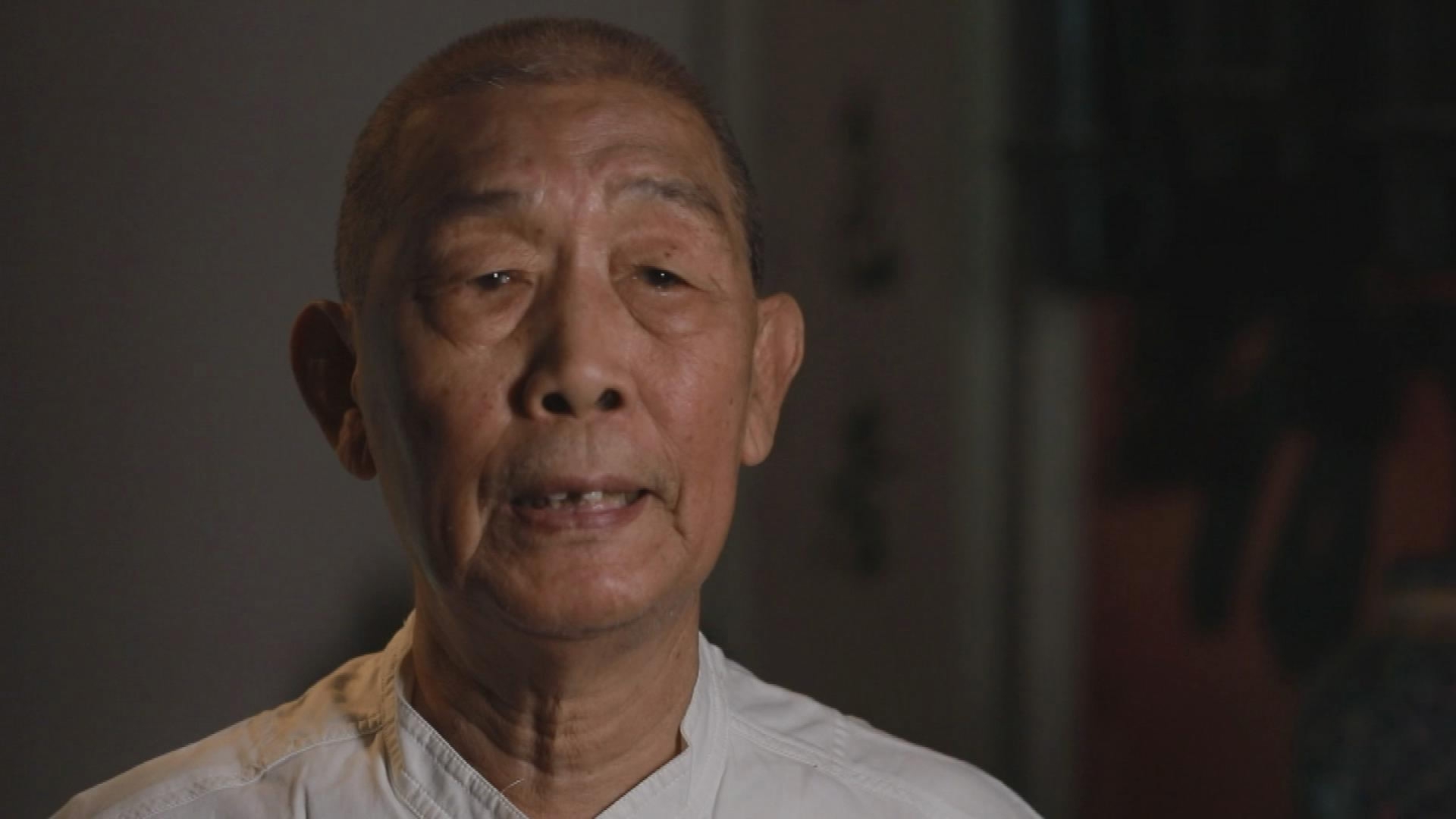
CGTN Photo
CGTN Photo
He told us that one of the most challenging parts of making a guqin is to hollow out the wood for the body of the instrument.
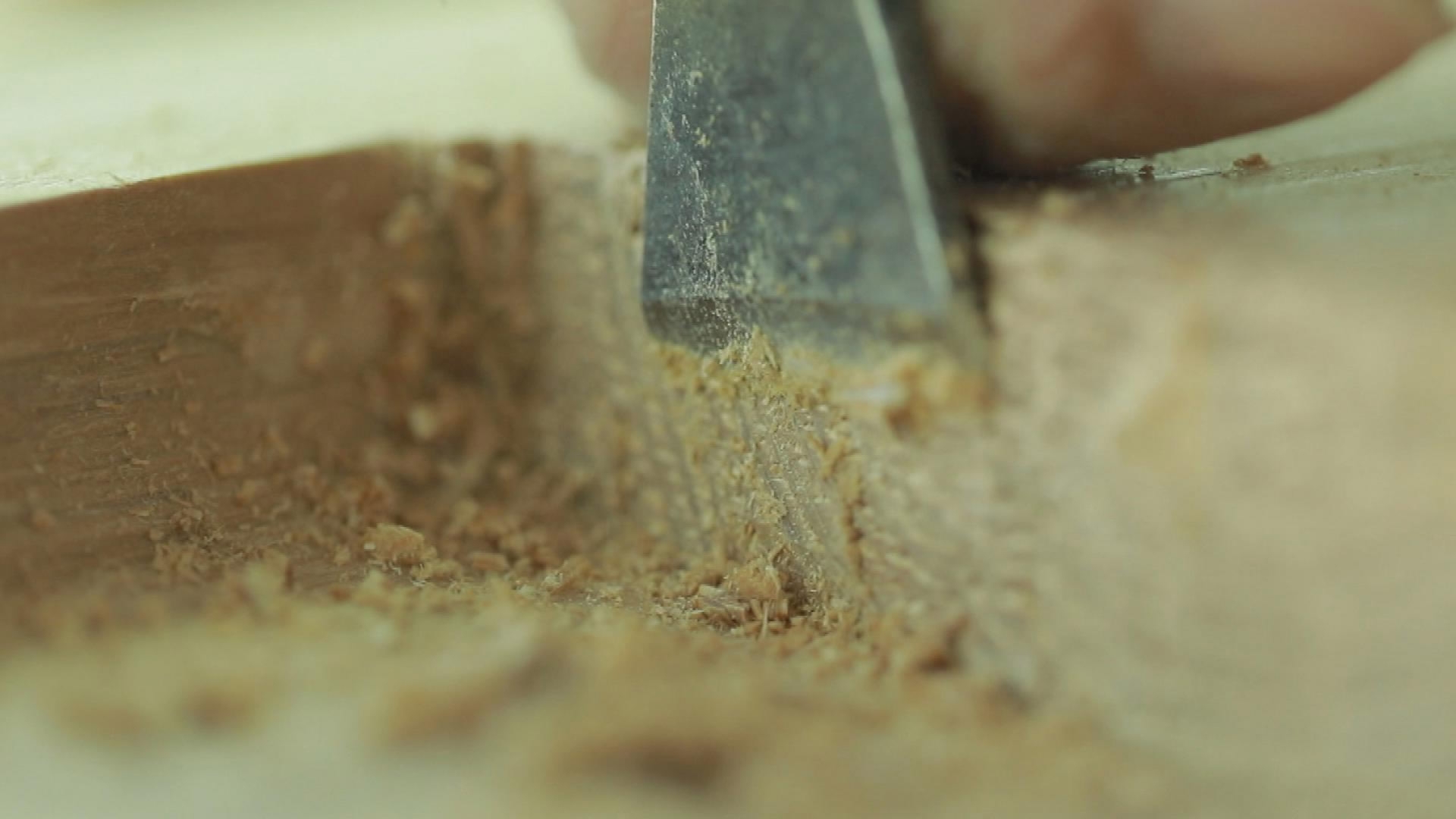
CGTN Photo
CGTN Photo
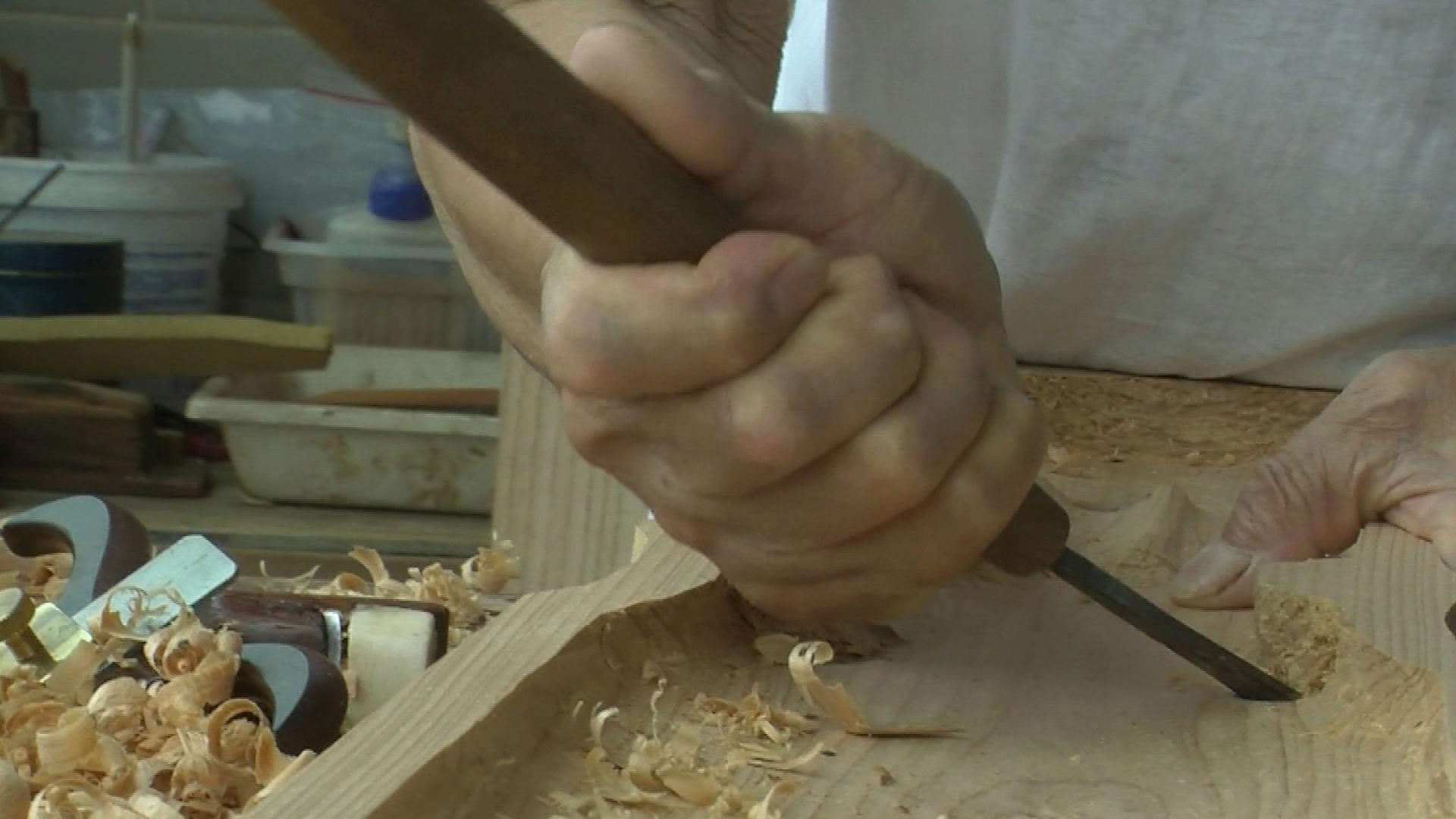
CGTN Photo
CGTN Photo
Years of experience have given Sun a special sense about what makes a perfect instrument noting that "each guqin has its unique texture. You can only feel it with your hands."
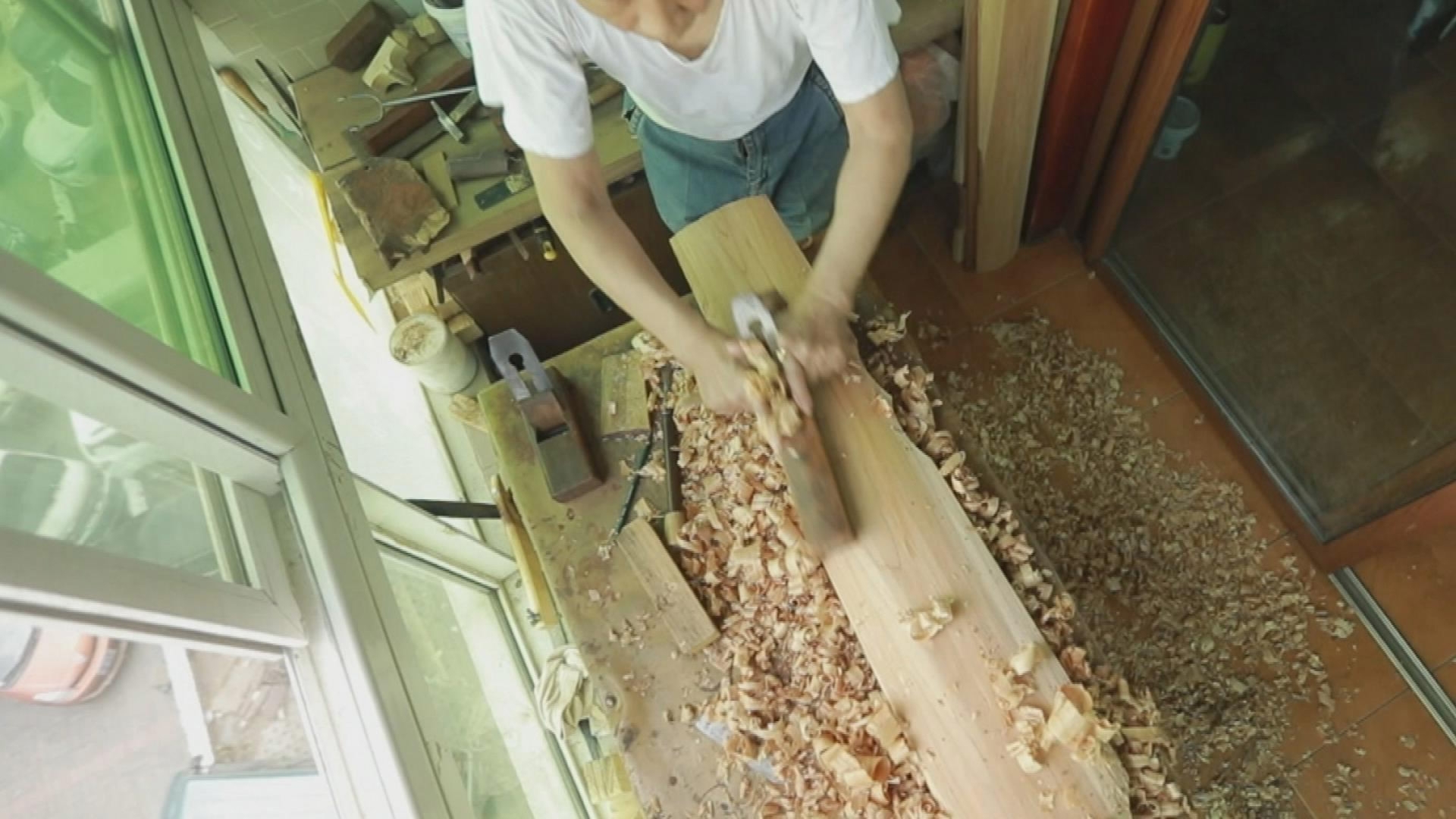
CGTN Photo
CGTN Photo
The thickness of the wood is crucial to the tone of the instrument. Only the craftsmen's experience and repeated sound checks could guarantee the ideal sound.
Moreover, guqins are meant to be played over several generations."The sound of a guqin should grow better with time," said Sun, "So we have to consider what sound it could produce decades, even centuries after the construction."
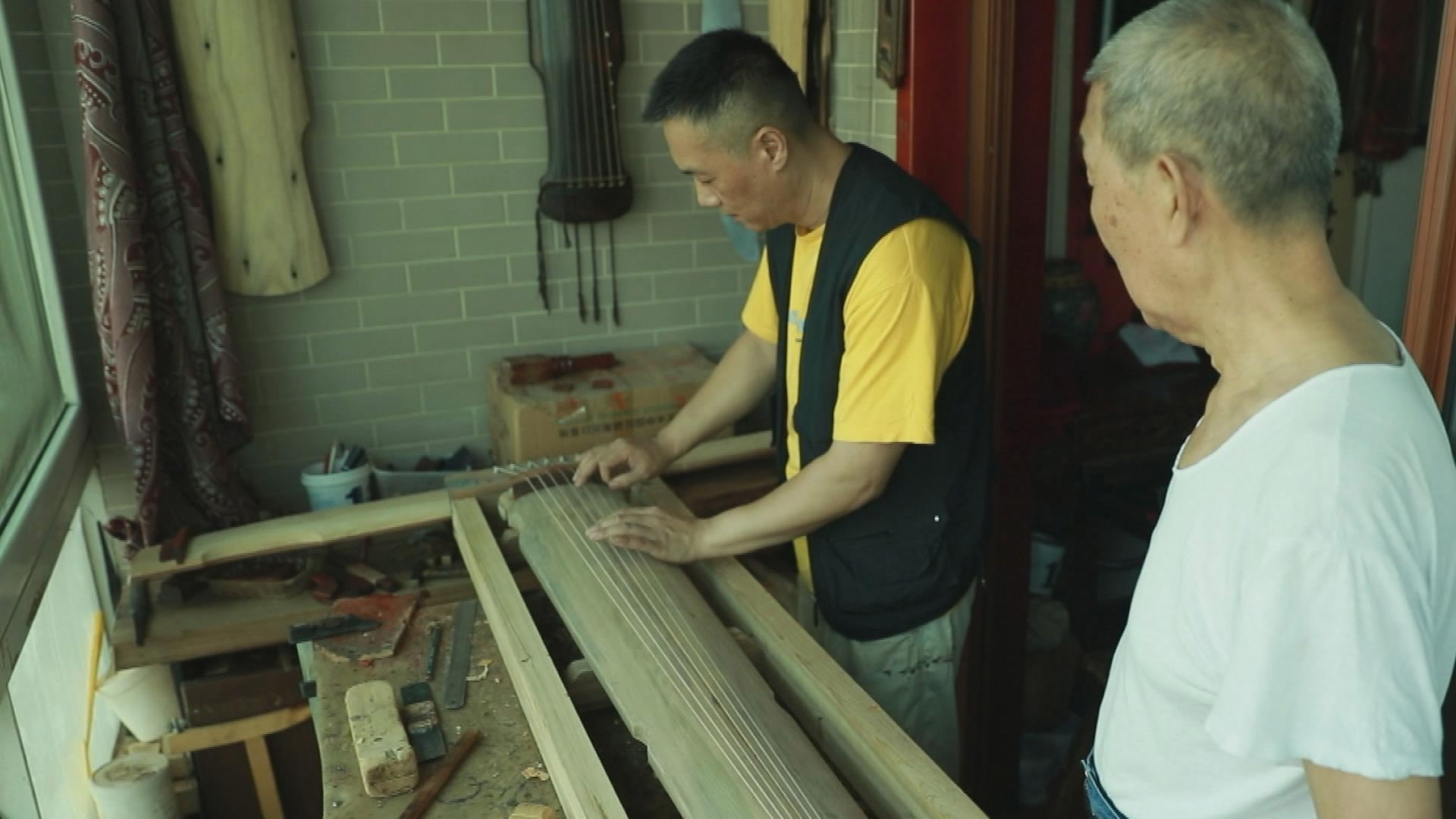
CGTN Photo
CGTN Photo
From selecting materials to carving the guqin, the craftsmen who work on these instruments write their names in the interior of the body. But it is always the sound of the instrument that lasts.
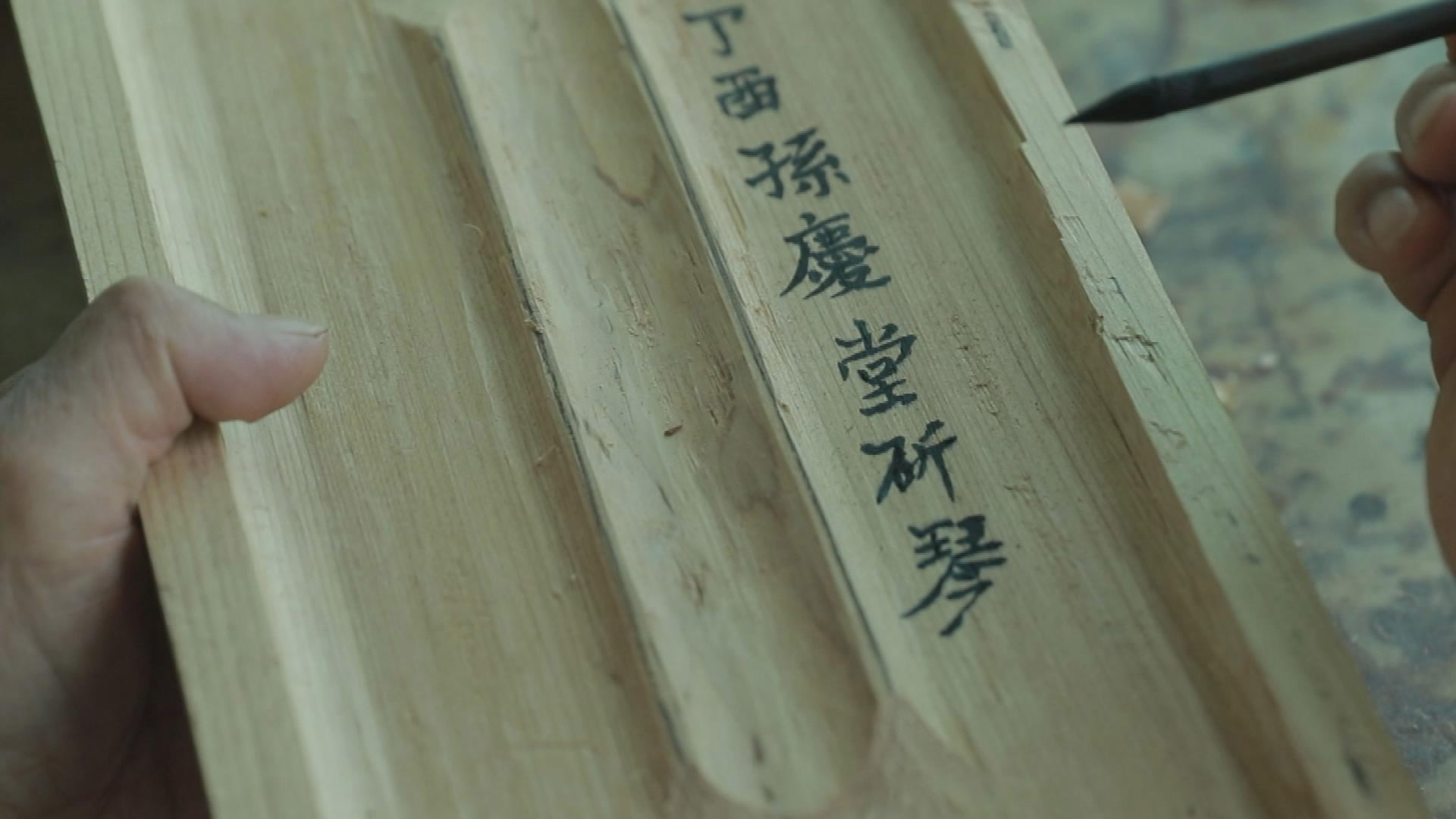
Sun Qingtang was writing his name in the interior of the body. /By CGTN
Sun Qingtang was writing his name in the interior of the body. /By CGTN
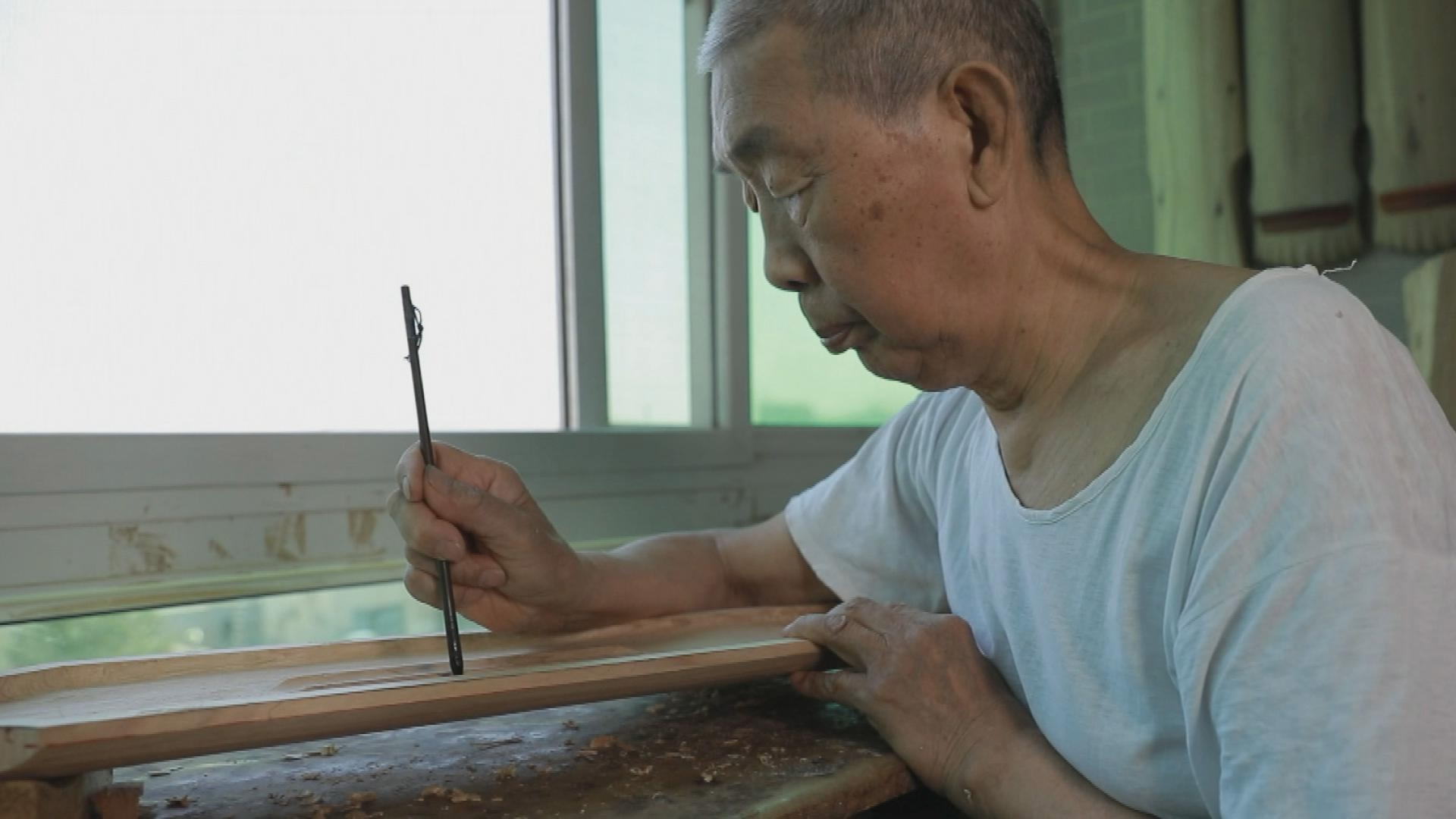
CGTN Photo
CGTN Photo
Craftsmen like Sun Qingtang may not be as renowned as the ancient literati, but their craftsmanship is indispensable for passing along the essence of Chinese culture.
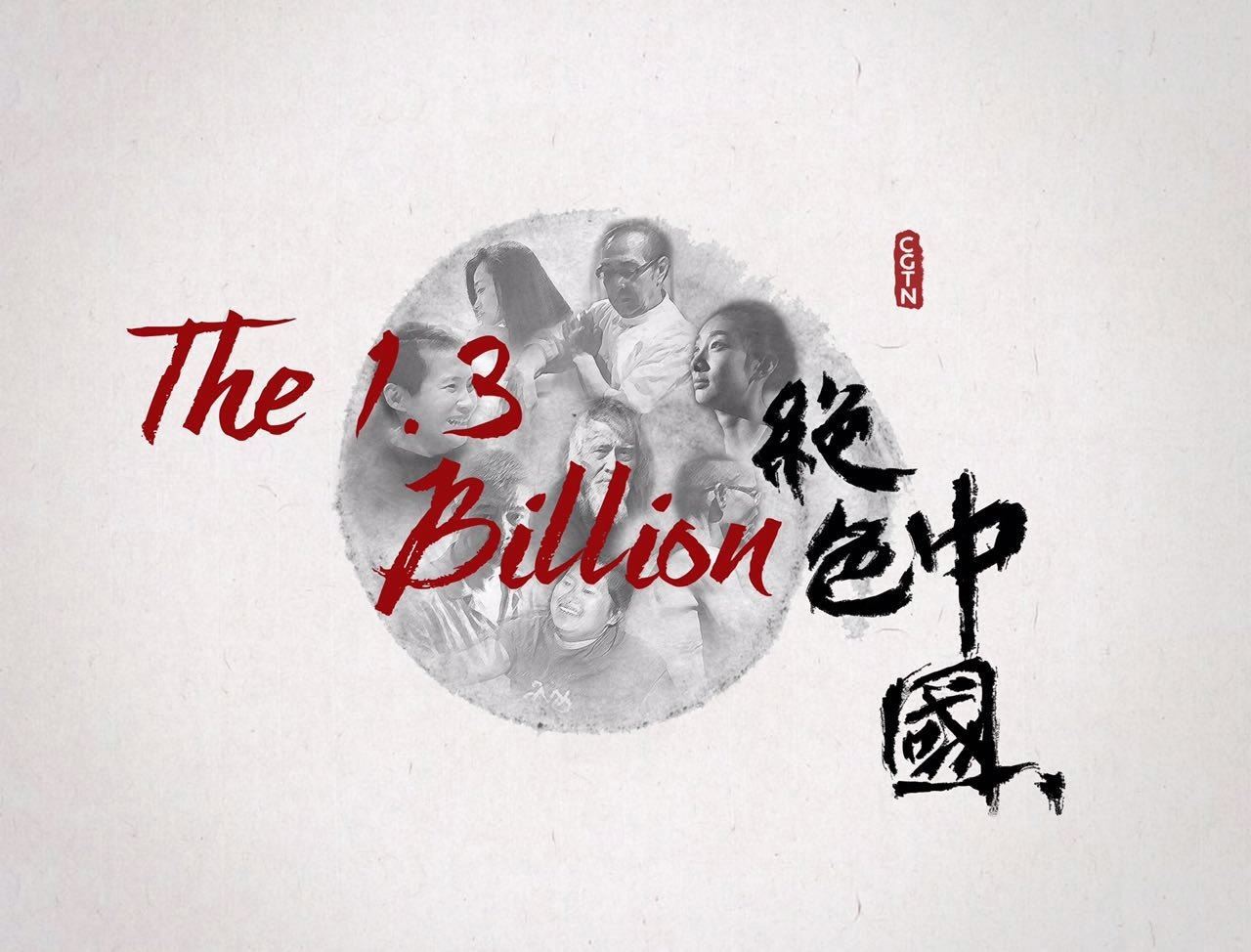
The story is one in "The 1.3 Billion" series exploring the diverse lives that make up China.
The story is one in "The 1.3 Billion" series exploring the diverse lives that make up China.

SITEMAP
Copyright © 2018 CGTN. Beijing ICP prepared NO.16065310-3
Copyright © 2018 CGTN. Beijing ICP prepared NO.16065310-3